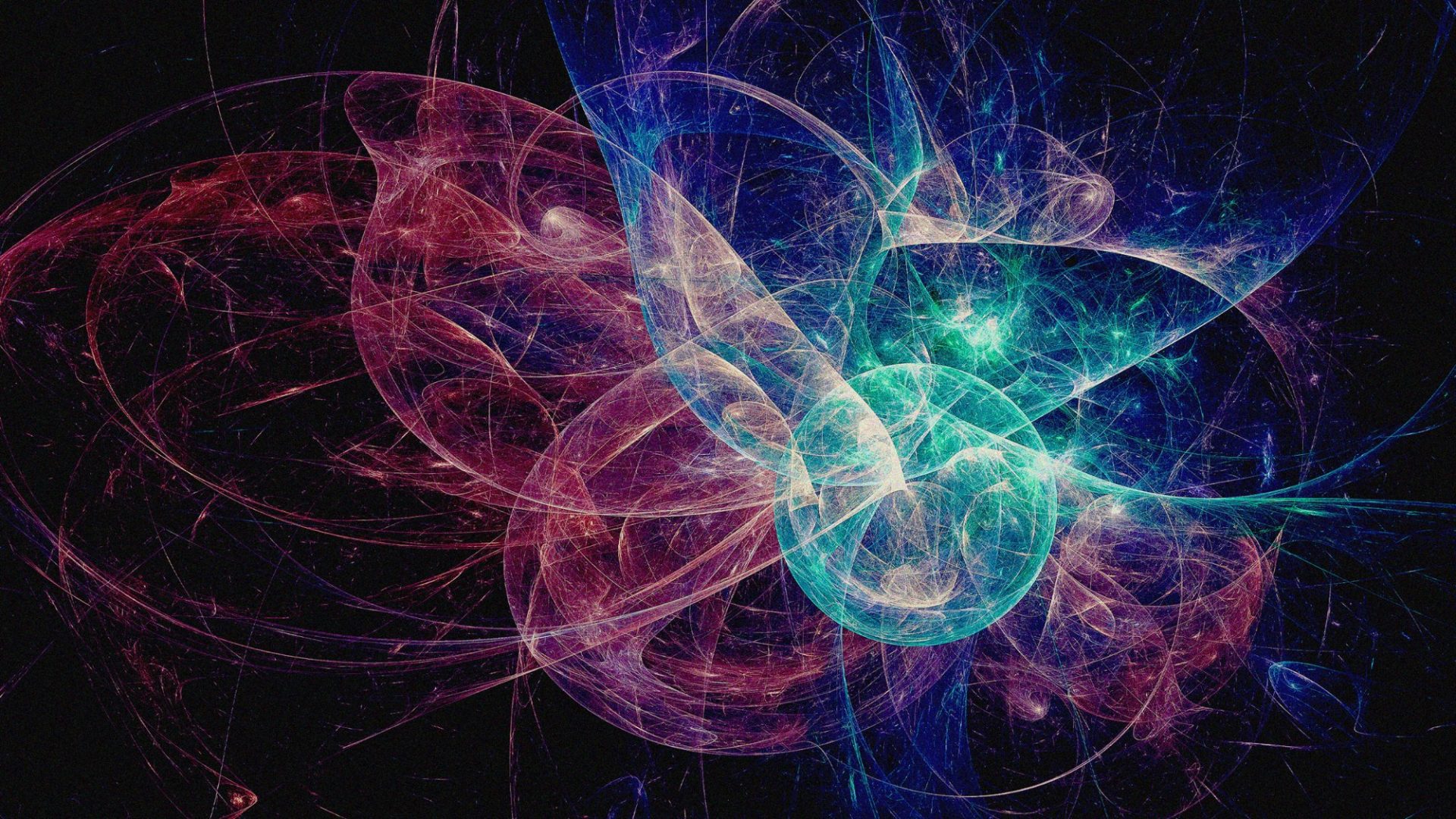Dark energy isn’t what’s currently emanating from the White House, but rather, the name astronomers and cosmologists give to whatever it is that is causing our expanding universe to accelerate: to expand ever faster. This cosmic acceleration was first seen in 1998 from observations of extremely distant supernovae, but there is no agreed explanation for it.
“The physical mechanisms responsible for the accelerating expansion of the universe is [sic] one of the most important unsolved problems in physics and, arguably, all of science,” according to a team of researchers called the Dark Energy Spectroscopic Instrument (DESI) Collaboration, who have just announced a striking new discovery.
Specifically: the amount of dark energy doesn’t stay constant over time. To give you some orientation, if anyone were to make a claim like that for the ordinary matter or energy in the universe, the impact on physics would be seismic. It’s one of the most fundamental tenets of physics that the amount of regular matter/energy (Einstein’s E=mc2 shows that the two are related) in the universe is constant. But for dark energy we have no expectations because we don’t know what it is. The discovery that dark energy seems to be dynamic – changeable – should help to narrow down the possibilities.
This is no small matter for cosmologists. It is embarrassing enough that the amount of ordinary matter in the universe is apparently outweighed by about five times as much of the stuff called dark matter, which seems required to explain why galaxies don’t fly apart and for other astrophysical reasons, but which remains totally unexplained because dark matter seems only to affect light and ordinary matter via its gravity. Efforts to detect dark-matter particles have produced nothing at all for decades. But then dark energy comes along, of which there is three times as much in the universe as the energy embodied by all the ordinary and dark matter put together. In other words, we don’t actually know what about three-quarters of the universe is made of.
Dark energy manifests itself as a kind of repulsive force that opposes gravity. The expansion of the entire cosmos is just what Einstein’s theory of gravity – general relativity – predicts, and it means that all galaxies are receding from each other in all directions. (The usual analogy asks us to imagine them drawn on the surface of a balloon that is being blown up.) The gravitational attraction between galaxies pulls the other way, but not enough to curb the expansion. But if, as the 1998 discovery showed, the expansion is getting steadily faster, this implies the existence of some repulsive force that is speeding up the recession.
One way to think about dark energy is in terms of the so-called cosmological constant. This was an idea Einstein introduced when he realised that his equations of general relativity predicted the universe was expanding – because at that point we didn’t know that it was, and so Einstein figured his theory needed some added factor to prevent it. Once Edwin Hubble revealed the cosmic expansion in 1929, the cosmological constant seemed otiose. But adding it back into the equations can capture the accelerating influence of dark energy.
But that doesn’t help to explain where it comes from. One option is supplied by quantum physics, which predicts that empty space should be bubbling with “virtual” particles that pop briefly in and out of existence, creating a kind of pervasive background of energy. The trouble is that this should produce way more energy than we need to explain dark energy, creating the problem of having to explain how most of that extra energy gets cancelled out but a tiny bit remains.
There’s no room to talk about the other ideas proposed to explain dark energy. But all are speculation without data. Now the DESI team has collected three years’ worth of observations on distant galaxies and other astrophysical objects – the largest ever 3D map of the universe – to follow the cosmic expansion over time. (Because of the finite speed of light, the further we look out into the universe, the further back in time we’re seeing.) Their first results were announced last year, but now they can conclude with more confidence that, when the findings are combined with other observations, they imply that dark energy has been growing weaker over time. If so, it’s less likely that ultimately dark energy will rip all of spacetime apart.
There’s no good theoretical explanation for dynamical dark energy, and it conflicts with what is considered the best cosmological model so far, called the lambda cold-dark-matter model (which assumes a cosmological constant). For theoreticians, that’s actually great news: there’s concrete data to sink their teeth into.




